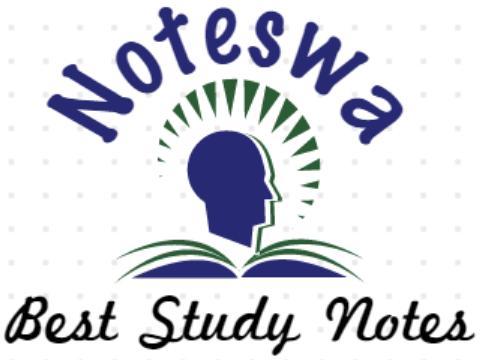Value Chain Analysis
Introduction
To analyze the specific activities through which firms can create a competitive advantage, it is useful to model the firm as a chain of value-creating activities.
Michael Porter identified a set of interrelated generic activities common to a wide range of firms.
The resulting model is known as the value chain and is depicted below

When executives choose strategies, an organization’s resources and capabilities should be examined alongside consideration of its value chain.
A value chain charts the path by which products and services are created and eventually sold to customers.
The term value chain reflects the fact that, as each step of this path is completed, the product becomes more valuable than it was at the previous step
Example: Within the Timber business, for example, value is added when a tree is transformed into usable wooden boards; the boards created from a tree can be sold for more money than the price of the tree.
Primary and Secondary activities.
Value chains include both primary and secondary activities.
The goal of these activities is to create value that exceeds the cost of providing the product or service, thus generating a profit margin.
Primary activities
Primary activities are actions that are directly involved in creating and distributing goods and services.
Consider a simple illustrative example: doughnut shops. Doughnut shops transform basic commodity products such as flour, sugar, butter, and grease into delectable treats. Value is added through this process because consumers are willing to pay much more for doughnuts than they would be willing to pay for the underlying ingredients.
There are five primary activities.
1. Inbound logistics
Inbound logistics refers to the arrival of raw materials. Inbound logistics include the receiving, warehousing, and inventory control of input materials.
Although doughnuts are seen by most consumers as notoriously unhealthy, the Doughnut Plant in New York City has carved out a unique niche for itself by obtaining organic ingredients from a local farmer’s market.
2.Operations
Operations refers to the actual production process, Operations are the value-creating activities that transform the inputs into the final product.
3.Outbound logistics
Outbound logistics tracks the movement of a finished product to customers. Outbound logistics are the activities required to get the finished product to the customer, including warehousing, order fulfillment, etc.
One of Southwest Airlines’ unique capabilities is moving passengers more quickly than its rivals. This advantage in operations is based in part on Southwest’s reliance on one type of airplane (which speeds maintenance) and its avoidance of advance seat assignments (which accelerates the passenger boarding process).
4. Marketing and sales:
Marketing and sales: Attracting potential customers and convincing them to make purchases is the domain of marketing and sales. Marketing & Sales are those activities associated with getting buyers to purchase the product, including channel selection, advertising, pricing, etc
For example, people cannot help but notice Randy’s Donuts in Inglewood, California, because the building has a giant doughnut on top of it.
5.Service
Service refers to the extent to which a firm provides assistance to their customers. Service activities are those that maintain and enhance the product’s value including customer support, repair services, etc.
Voodoo Donuts in Portland, Oregon, has developed a clever website (voodoodoughnut.com) that helps customers understand their uniquely named products, such as the Voodoo Doll, the Texas Challenge, the Memphis Mafia, and the Dirty Snowball.
Any or all of these primary activities may be vital in developing a competitive advantage. For example, logistics activities are critical for a provider of distribution services, and service activities may be the key focus for a firm offering on-site maintenance contracts for office equipment.
These five categories are generic and portrayed here in a general manner. Each generic activity includes specific activities that vary by industry.
Secondary activities/Support Activities:
Secondary activities are not directly involved in the evolution of a product but instead provide important underlying support for primary activities.
Support Activities
The primary value chain activities described above are facilitated by support activities. Porter identified four generic categories of support activities, the details of which are industry-specific.
-
Procurement –
the function of purchasing the raw materials and other inputs used in the value-creating activities.
-
Technology Development –
includes research and development, process automation, and other technology development used to support the value-chain activities.
Human Resource Management –
the activities associated with recruiting, development, and compensation of employees.
-
Firm Infrastructure –
includes activities such as finance, legal, quality management, etc.
Support activities often are viewed as “overhead”, but some firms successfully have used them to develop a competitive advantage, for example, to develop a cost advantage through innovative management of information systems.
